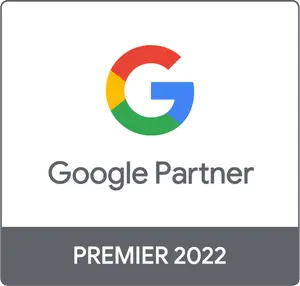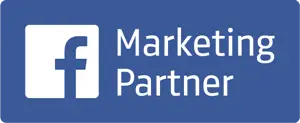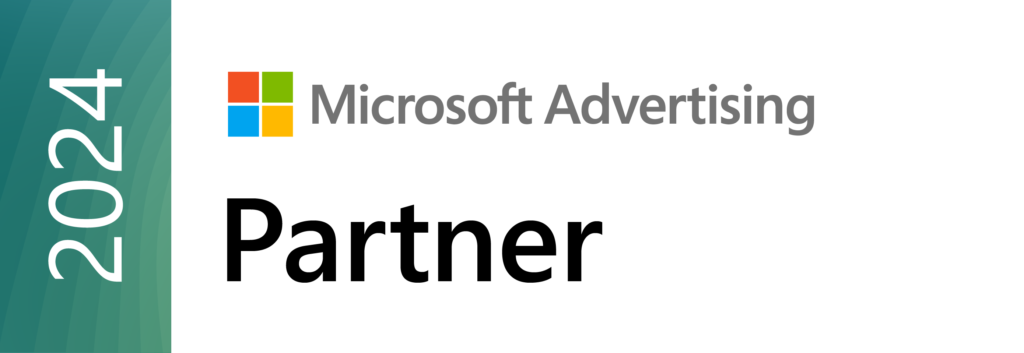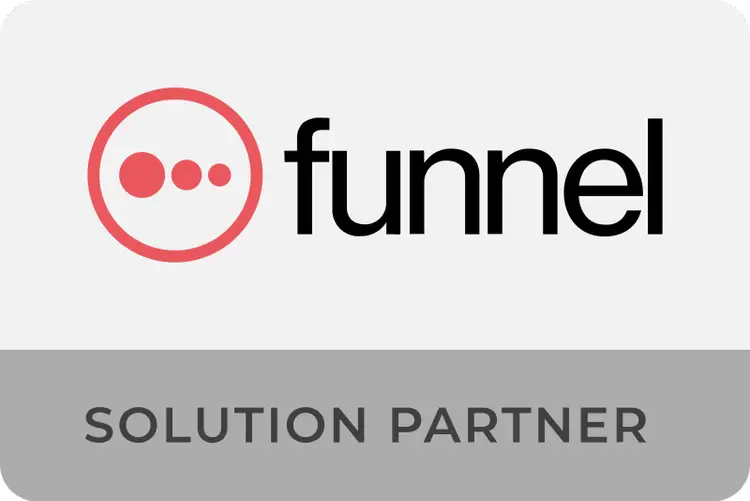We're sharing four tips for SaaS that we've learned from Facebook Ads and that you can put into practice:
-
Connect Facebook to your CRM.
Once you've connected Facebook to your CRM, you'll be in a whole new league. One of the most important advantages is that you can automatically create audience segments imported from your CRM, such as lookalikes based on your existing customers.
If any of your segments aren't in any workflow and won't be contacted by the sales department or receive any emails, you can show them paid ads again (remarketing). Exclude your existing customers and avoid wasting money.
This connectivity also allows you to activate Facebook's "Offline Conversions" feature, which helps Facebook report your offline business activities from your CRM and find new customers using Facebook's artificial intelligence.
-
Allow Facebook to use its artificial intelligence if you're targeting a small region.
If you're tracking conversions using the Facebook pixel or have connected Offline Conversions and are already providing Facebook with a significant amount of data, we recommend leveraging Facebook's AI to help you find new potential customers by expanding your audience targeting.
-
Test different ad formats.
You may have heard that “video ads perform better” – don’t take it for granted! Try different ad formats like carousels or slideshows and compare the results. We love carousels because they allow you to add more information to showcase features and benefits; plus, they generally perform better!
-
Think about long- and short-term campaigns.
We all know how important it is to change the visuals of Facebook ads to avoid boring your audience. If you plan campaigns with specific timeframes and targeted messages, you'll capture your audience's attention. Webinars and online events are perfect examples.
Mention recent news that you can use in a campaign.
Facebook seems like an easy-to-use tool, thanks to its machine learning and automation capabilities. This is a great feature, and it also allows you to focus on other initiatives.
We find daily ad management on Facebook more complex than on Google. The Google Ads interface is more intuitive and allows you to easily analyze and adapt data performance results. On the other hand, we find Facebook's machine learning significantly better than Google Ads. On Google, we need to run more A/B tests to test the different automation features; as a rule, manual features yield better results. On Facebook, however, the opposite is often true.

Founder of PaidStrategy and Performance Marketing Specialist.
Over 10 years of experience in Performance Marketing. Expert in achieving goals through analysis and strategy management with internal teams and clients. Her two superpowers? Asking the right questions and moving from chaos and improvisation to order and planning.






